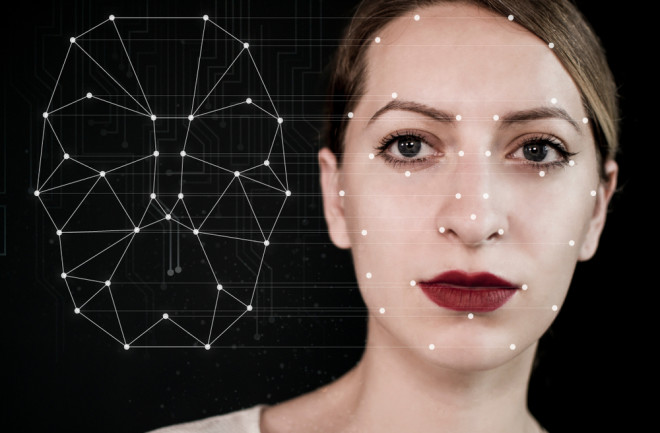Impacts of DeepFake AI
DeepFake AI is massively impacted by the technological advancements made through Deep Learning. Deep learning tracks back to 1943 were the first computer generated model which was based on the neural networks of a human brain was invented, deep learning uses algorithms that are designed to teach themselves how to resolve problems that have larger data sets, it is used to swap faces in videos, in images, and in other digital content to make the fake appear real. As this technology evolves Deepfake AI will continue to improve.
 One of the biggest aspects of DeepFake are Cameras and facial recognition. Cameras allow for a digital image of a person to be uploaded and edited with deep learning. The quality of the digital image will impact the overall looks of the model as well as allow for a sense of realism. Facial recognition is already in use through the ability to unlock iphones as well as changes in appearance developed in camera softwares. Audio in DeepFakes is drastic when it comes to realism and the ability to poach words or phrases together to form new sentences and words, which is done through voice recognition. This was first developed In 1990 by a company called Dragon which revealed the world's first voice recognition system.
One of the biggest aspects of DeepFake are Cameras and facial recognition. Cameras allow for a digital image of a person to be uploaded and edited with deep learning. The quality of the digital image will impact the overall looks of the model as well as allow for a sense of realism. Facial recognition is already in use through the ability to unlock iphones as well as changes in appearance developed in camera softwares. Audio in DeepFakes is drastic when it comes to realism and the ability to poach words or phrases together to form new sentences and words, which is done through voice recognition. This was first developed In 1990 by a company called Dragon which revealed the world's first voice recognition system.
